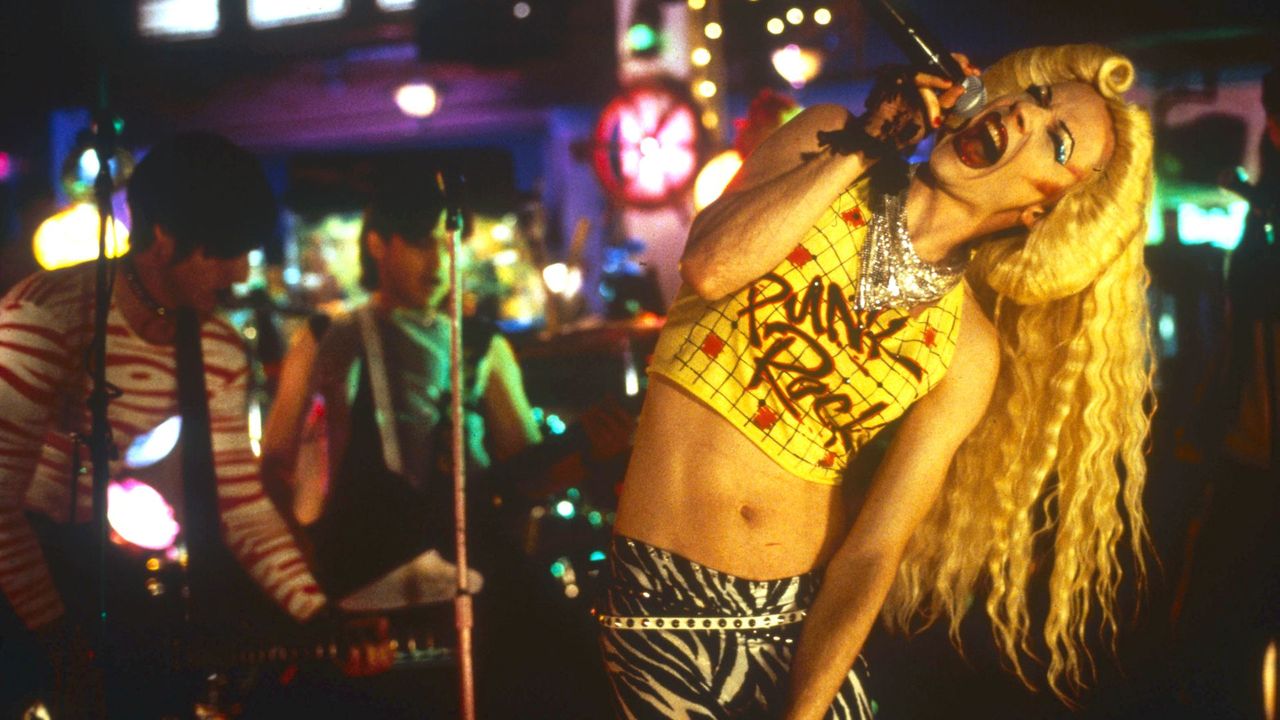With the powerful duo of queer aesthetics and rock n roll, Hedwig and the Angry Inch questions the duality between genders, lovers, and everything in between. Like the 1998 stage musical, the film follows the titular Hedwig and her band as they navigate the music scene for fame and love. The adaptation gives justice to their performances, giving the vibe of 70s glam rock music videos. The film is not without its flaws. Hedwig’s relationship with the younger Tommy Gnosis remains controversial. However, while Hedwig may not be a perfect representation of the trans experience– after all, she only chooses gender reassignment purely to leave East Germany– this cult film still remains a landmark for queer representation.
Synopsis
Raised a boy in East Berlin, Hedwig undergoes a personal transformation in order to emigrate to the U.S., where she reinvents herself as an 'internationally ignored' but divinely talented rock diva, inhabiting a 'beautiful gender of one'.
Storyline
After escaping East Germany via marriage and a botched sex reassignment surgery, Hedwig Robinson (John Cameron Mitchell) with her band the Angry Inch, seeks fame and love in her new country.
TLDR
Not perfect, still iconic - but we deserve more queer and trans representation!
What stands out
Hedwig and the Angry Inch is a rock musical, but the actors don’t just burst into song randomly. As a rock star, Hedwig naturally performs with her band in small stages, restaurants, and bars before they gain notoriety. Because of this, the songs don’t have that glossy, polished, broadway musical feel. Instead, the original musical creators John Cameron Mitchell and Stephen Trask used their gritty, glam rock performances in order to portray Hedwig’s mindset and principles. Glam rock here is fitting. Alongside its history with queer art, glam rock celebrates the mask – the costumes, the flamboyance, and the glitter. Its inclusion in the story matches the layered relationship between Hedwig’s diva persona, gender identity, and her artistic style.






